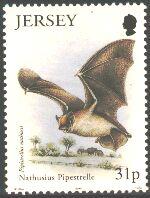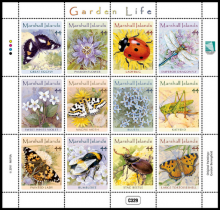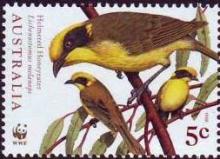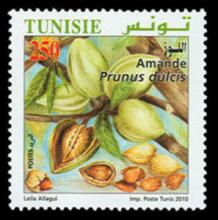One out of seven European dragonflies are threatened
Dragonflies are colourful, relatively large, and well-known insects. Their larvae live in freshwater habitats such as lakes, bogs, seepages, rivers and springs. Dragonflies occur almost everywhere in Europe, but the highest species diversity is found in the southern half, with the highest numbers in parts of southern France, the footland of the Alps and parts of the Balkan Peninsula. Europe holds 138 species, only three of which are not found in the 27 member states of the EU. Approximately one out of seven (15%) European dragonflies are threatened in Europe, with a similar proportion being threatened at the EU level. An additional 11% are considered Near Threatened. About a quarter (24%) of the European dragonflies have declining populations, ten percent are increasing and roughly half of the species are stable. For the remaining 12%, the available information is too limited to define any population trends.










